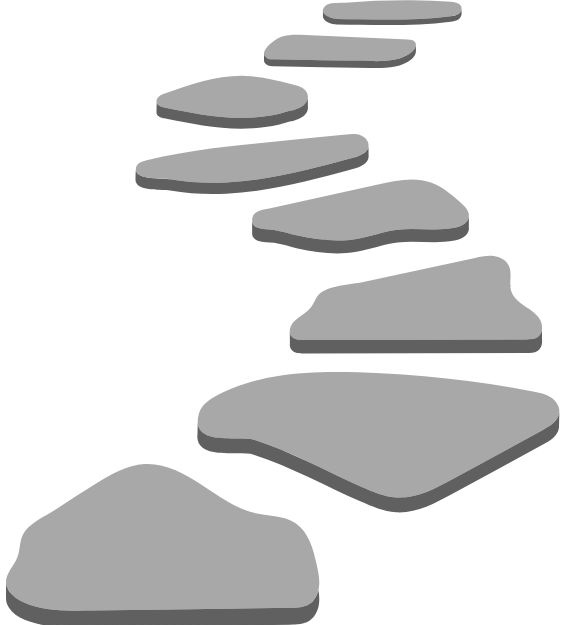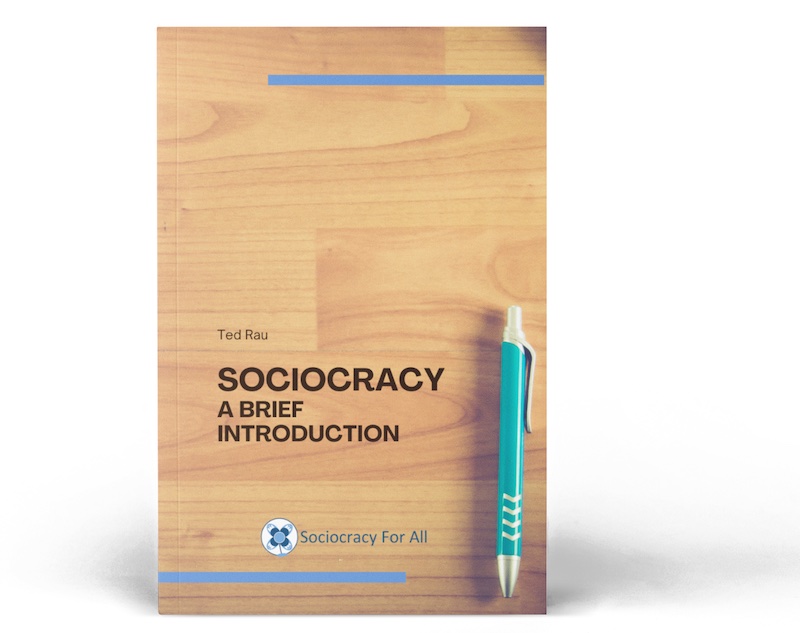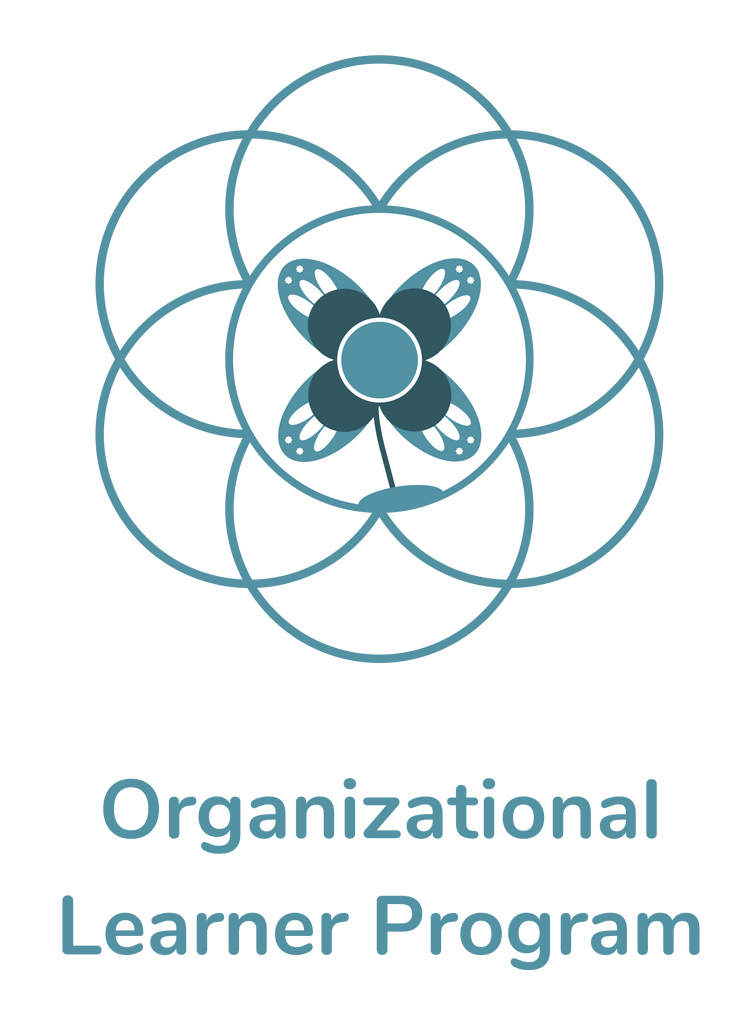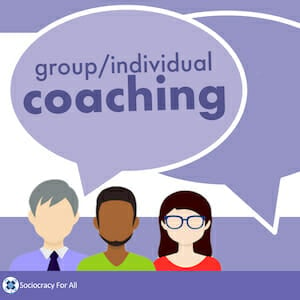Language: Español
How to implement sociocracy – a roadmap
So, you want to implement sociocracy, but don’t know where to start? How does one go from learning about sociocracy to using it as an organization?
While the implementation process naturally depends on your starting point, there are steps that are always the same.
On this page, you can learn about those basic stepping stones and get a sense on how to self-implement and when to contact someone experienced for support.



Formal adoption
- Prepare the adoption
- Flip the switch!
- Celebrate, evaluate, and improve

Laying the groundwork
Coming to the realization that the current governance structure isn’t what is desired and that sociocracy has promise to improve the situation.
- Initiators learn about sociocracy and bring the idea back to the organization.
- It’s important to loop in the current decision-makers AND those who aren’t in leadership so a move can be made together as peers. It’s hard to mandate self-management in a power-over way. This can mean working with the board, getting leadership feedback, or having open conversations in informal settings.
- Once there is agreement that a governance redesign is needed, form an implementation circle to design specifics of how governance could look in the organization, and the implementation team is empowered to make a recommendation.
How a consultant can support this phase:
- Training so everyone knows what they are saying yes to. Our standard recommendation is to give every non-operational member (e.g. volunteers or board members) about 2h of training, any operationally involved member at least 6h, future facilitators and circle leaders about 18h of training and coaching, and those planning to form the implementation circle more than 18h of training. (It’s very common that the internal governance people choose to get certified in the Academy to act as an internal resource.)
- Identifying how I would need to be involved in creating legitimacy; legitimacy needs to be created on different levels: formally, value-based, and in terms of trust via good process and relationships. A consultant’s voice is useful here.
- Conversations with leadership, board or others to hear and talk through possible concerns. A consultant can serve as external validation, and can provide perspective and make connections with similar organizations that have already gone through the process,
- Supporting the forming of the Implementation Circle. The Implementation Circle is often the first sociocratic “cell” and it sets the culture by using meeting format and templates. A consultant or trainer can facilitate the first meetings to set them on a good track.

SoFA resources for this phase
- Take our assessment test to find the right level of training. Form study groups.
- Inspiring others:
- Share articles and videos for beginners
- Invite others to a free intro webinar
- Read the introduction books.

This phase is complete when an Implementation Circle has been formally empowered and mandated to work out a proposal for the new governance structure.
Designing the system
The Implementation Circle now works out a proposal. This often happens with significant back and forth between the Implementation Circle and the rest of the organization.
- Define the circle structure including the aims/domains as well as key roles.
- Describe the governance system in a governance agreement (aka constitution). Harmonize with bylaws and legal documents.
- Understand how to accept the proposal (in the next phase) formally. Who can accept the new system? Work closely with those decision-makers but also include everyone else.
- Work on power dynamics.
- Training is important to ensure everyone feels ready to operate in a new way.
- Some teams or departments might adopt the new system as pilot projects.
- This phase can differ in how long it takes, and it depends on pilots, complexity, potential pushback, attention, received legitimacy, and other factors.
- Design appropriate Q&A and feedback sessions. The new system should not be a surprise or elicit any form of resistance. Ideally, everyone transitions seamlessly and smoothly into the system system.
How a consultant can support this phase:
In this phase, a consultant can be most useful.
- SoFA consultants have templates for governance agreements and bylaws to work off from and lots of experience on structures and parameters that make for long-lived structures and agreements.
- A good circle structure is the foundation for better operations and clearer decision-making. A co-design or second set of eyes with more experience can be useful.
- In this phase, fears can come up – having an experienced voice to talk to can be invaluable. Leadership coaching can also be useful for those whose identity is tied to their existing positions.
- More difficult questions like salary and HR policies as well as budget allocation in the new system might need to be worked through.
- It can be hard to figure out how to step from the current system into the new system. Help from someone who has done it before can help move it along in a less messy way.
- An experienced sociocracy person can help set up, accompany and evaluate pilot projects.

SoFA resources for this phase

- Training for all levels:
- Become an organization leaner so all your members can learn.
- Send small groups through our video-led classes (introduction or intermediate facilitation level)
- Get a workshop tailored to you – online or in person. Info on hosting a workshop
- Send 1-2 people from your Implementation Circle to the Academy.
- See governance agreement examples.
- Get our Sociocracy handbook Many Voices One Song.
This phase is complete when there is a concrete proposal for adoption.
Formal adoption
This is the big moment of stepping into the new system! It’s like in phase 2, you built a bicycle – and in phase 3, you get on the bike and start riding!
- The governance agreement lays out how to “play” in the future. But just like board games might come with instructions on how to play, there is a second set of instructions that sells out how to set up the game. That’s the work that needs to be planned now. Do you transition your old teams into new circles? Do leaders stay in place (for now) or are new roles selected now? Who will be on the General Circle and Mission Circle?
- Approve the new system formally – by approving it on the board, formally signing it or by voting in an all-member meeting – whatever your plan spells out.
- Select the main roles and “lift” the system in place.
- Celebrate, evaluate and support.
3. Formal adoption
- Prepare the adoption
- Flip the switch!
- Celebrate, evaluate, and improve
How a consultant can support this phase:
Sometimes, this phase presents itself with chicken-egg issues. For example, who facilitates the selection process of the new leadership? An external person can play the role of a non-partial facilitator who helps make the heavy lift happen.
- Consultants can advise how to transition into the new system.
- Experienced people can troubleshoot with chicken-egg issues and potential pushback or new questions.
- Consultants can help plan a ritual to acknowledge (and therefore further legitimize) the new system.
- Consultants can support new roles in clarifying their role descriptions and circles in clarifying their aims and domains. They can orient the General Circle and Mission Circle in their new and maybe unfamiliar roles.
- The new system needs to be evaluated and monitored to catch issues fast and fill gaps.

SoFA resources for this phase
- Do our Health Check to monitor your implementation.
- Stay alert: The 3 most typical struggles in sociocratic organizations and how to fix them

This phase is complete when the organization has landed in the new system and everything is running well.



